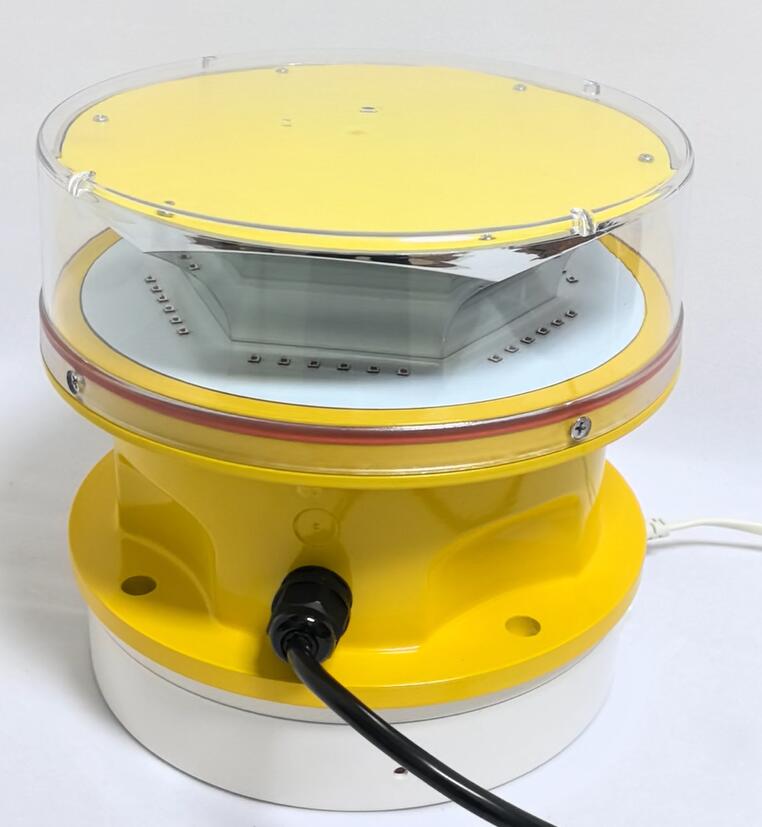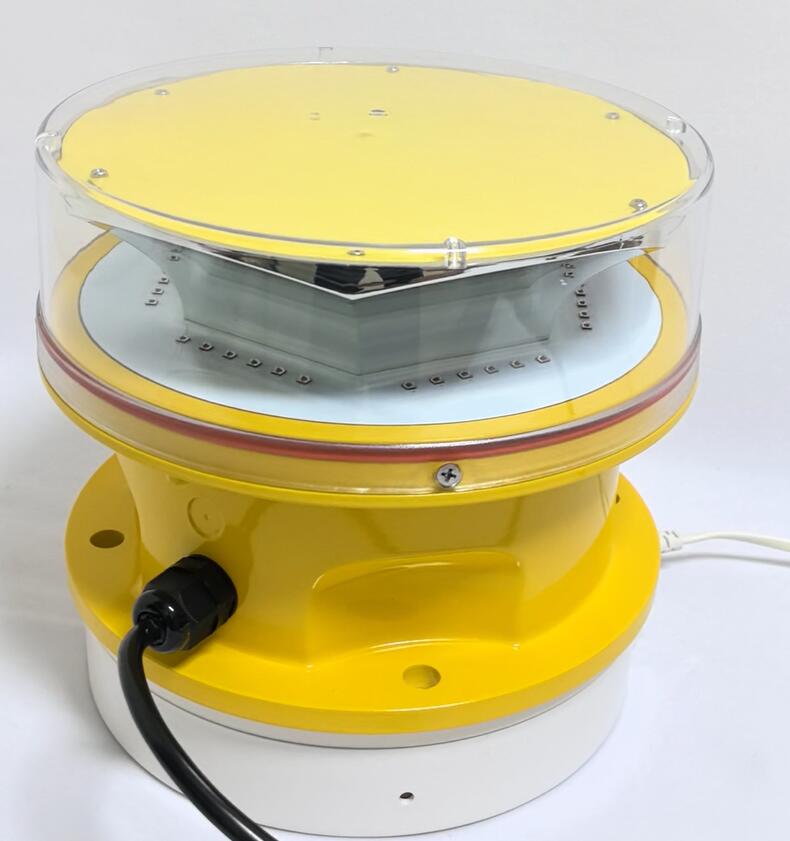In the expansive skies where aircraft cruise through the clouds, there are unsung heroes ensuring safety – LED aircraft warning lights. These lights are more than just a technological feature; they are a crucial element in the complex web of aviation safety.
LED, or light-emitting diode, technology has brought a paradigm shift in the world of aircraft warning lights. The advantages of LED aircraft warning lights are manifold. Firstly, they are highly energy-efficient. This is of utmost importance in the aviation industry where every ounce of power counts. LEDs consume significantly less power compared to traditional lighting sources, reducing the strain on the aircraft's electrical systems and helping to conserve energy.
Durability is another hallmark of LED aircraft warning lights. Aircraft are subjected to extreme conditions, including vibrations, temperature variations, and exposure to harsh weather. LEDs are built to withstand these challenges, ensuring a long lifespan and reliable performance. They are less prone to damage and require less frequent maintenance, saving time and resources.

Visibility is a critical aspect of aircraft safety, and LED aircraft warning lights excel in this regard. The bright and intense light emitted by LEDs can be seen from a great distance, even in adverse weather conditions or at night. This enhanced visibility is essential for alerting other pilots, air traffic controllers, and people on the ground to the presence of an aircraft. It helps prevent collisions and ensures the smooth flow of air traffic.
LED aircraft warning lights come in a variety of colors and configurations. Red and white are commonly used colors as they are highly visible and easily distinguishable. Some lights may flash or strobe to attract more attention. Additionally, these lights can be integrated into the aircraft's design in a seamless manner, enhancing both functionality and aesthetics.
| LED Aircraft Warning Lights | L864 | DFR |
The installation of LED aircraft warning lights requires precision and expertise. It must be done in accordance with strict safety standards and regulations to ensure their proper functioning. Trained technicians carefully position and align the lights to maximize visibility and effectiveness. Regular inspections and maintenance are also essential to ensure that the lights remain in optimal condition.

In addition to their role in ensuring safety, LED aircraft warning lights also contribute to environmental sustainability. By being energy-efficient, they reduce the carbon footprint of aircraft operations. This is in line with the growing global focus on reducing emissions and protecting the environment.
As technology continues to advance, we can expect LED aircraft warning lights to become even more sophisticated and effective. New materials and designs may emerge, further enhancing their performance and durability. Integration with other advanced technologies, such as sensors and communication systems, may also provide additional safety features and capabilities.
LED aircraft warning lights are an essential component of modern aviation safety. Their energy efficiency, durability, visibility, and environmental friendliness make them a valuable asset in ensuring the smooth and safe operation of aircraft. As we look to the future, these glowing guardians will continue to shine brightly, safeguarding the skies and protecting the lives of those who travel through them.